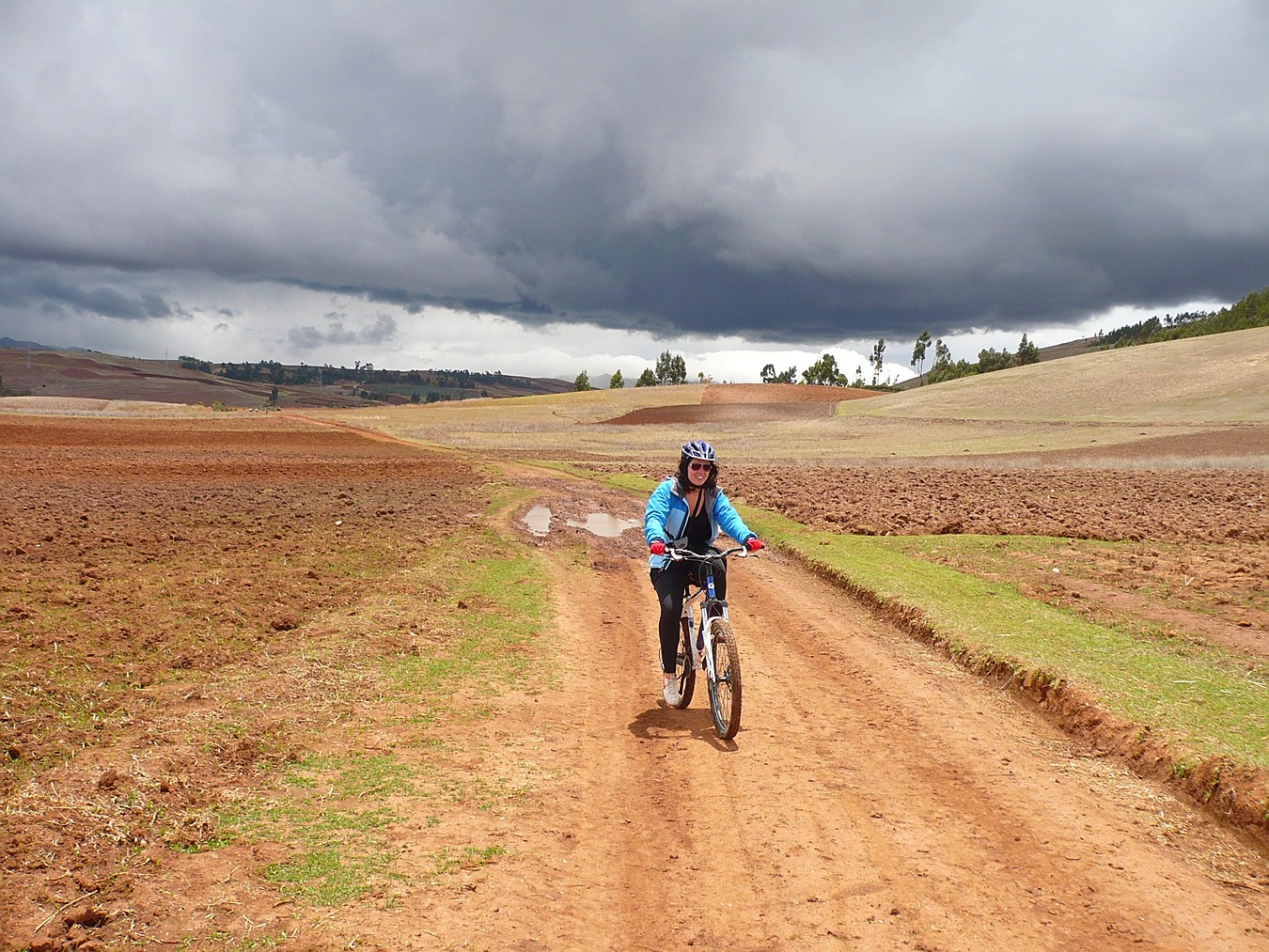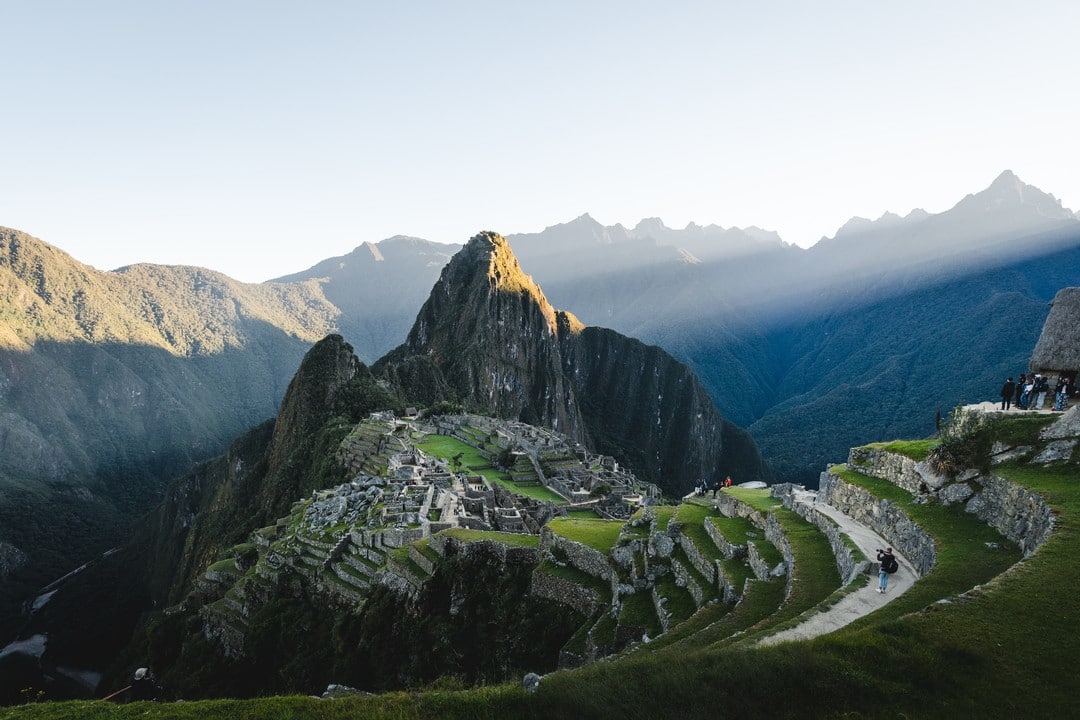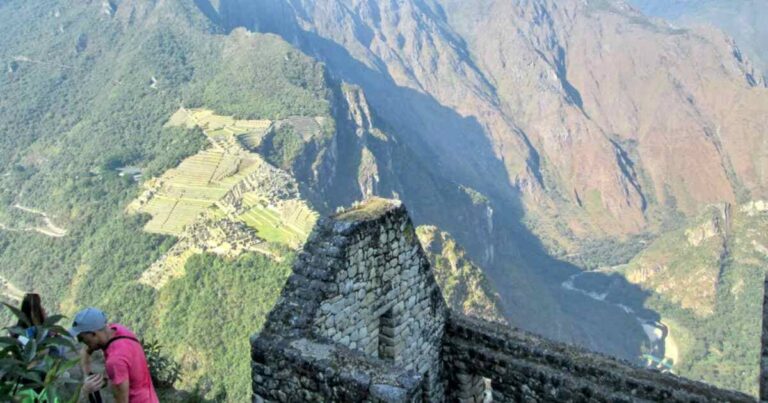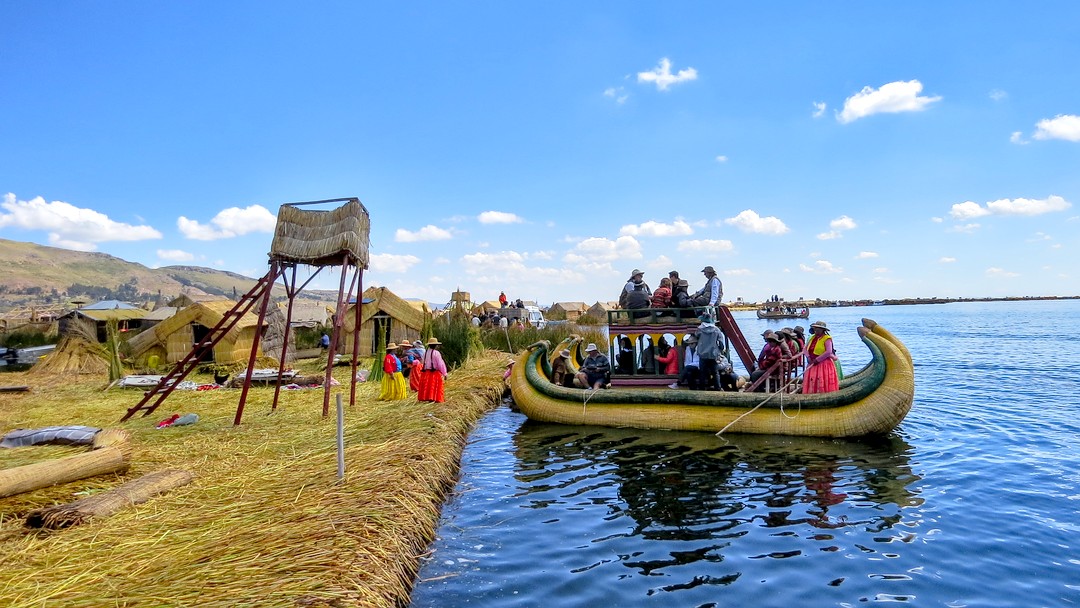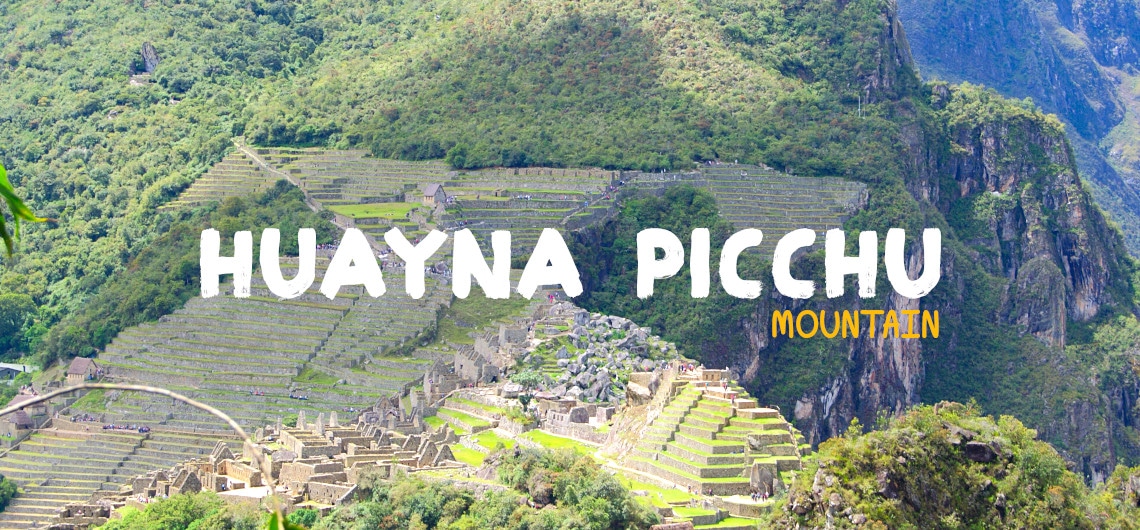Machu Picchu is a 15th-century citadel known to be the most well-known Incan ruin in existence as far as we know. It is located in the Eastern Cordillera of southern Peru. It is 2,430-meter mountain ridge in the Cusco Region, above the Sacred Valley. Originally, Machu Picchu was thought to have been constructed for the inca Pachacuteq, who ruled the Incas from 1438-1472.
About Machu Picchu
Machu Picchu is one of the New Seven Wonders of The World. In the old Quechua language, it translates to Old Mountain Peak. The indigenous communities which still speak this language are still found in Peru. You will be able to visit the Quechua people if you visit Peru. The national park can be as beautiful as the ruins themselves. Visiting Machu Picchu will show you exactly how impressive ancient civilizations are. The Incas had no wheels or pulleys to lift the stones for Machu Picchu. Instead, the men dragged the stones up the mountain ridge by hand, and fitted them together, using a technique known as Ashlar. The rocks were shaped perfectly to fit together. Not even a knife blade could get between them! That’s really impressive when you consider that many of the older stones in the city are over 50 lbs! 110 stone steps lead the way to the top of Machu Picchu.
The Dangers of Altitude Sickness
Cusco and Machu Picchu are some of the most beautiful summits in the world. The view of the ancient citadel is not something to miss out on if you make it to Peru. But at 2,430 meters tall, altitude sickness can be a real problem for tourists. And Cusco itself is even higher, at 3,399 meters tall! At high elevations, the air gets thinner, and you take in much less oxygen. This is even more vital when you’re on a mountain trek since you burn through oxygen during a climb. Altitude sickness in Peru can cause a range of symptoms, including dizziness, lightheadedness, headaches, nausea, vomiting, difficulty breathing, and others. These may not seem like severe symptoms, but when you’re in the middle of a climb, they can be very dangerous.

Dealing With Altitude Sickness
Taking the mountain peaks slowly and with a guide can help your body adjust slowly to the change in air pressure. Breath in deeply during your climb. It allows more oxygen to get through. Take it easy the first few days you arrive in Peru, especially as you reach Cusco.
The effects of alcohol are known to be stronger at high altitudes, so avoid drinking too much in the early days of your vacation. And be sure to drink plenty of water. You’ll be putting your body through a lot more than it’s used to, since the lack of oxygen doubles (or even triples!) your workout. That means you burn more energy, and need to drink more water!
You may decide to bring your own oxygen. You can bring tanks, or Oyxishot, plastic tubes with oxygen inside. If you’re traveling, this isn’t super convenient, but most of the hotels in Cusco are no stranger to altitude sickness and will have tanks on hand.
There are also natural supplements. Ginko Biloba extract has been shown to lessen the impact of altitude sickness. And many Peru locals take chlorophyl drops to help with oxygenation on long climbs.
Machu Picchu is far from the highest peak in the world, but it is definitely a bit of a hike! Along with the 2,430-meter mountain height, the village of Cusco is even higher! Altitude sickness can be a real problem for adventurers. But if you take the peaks slowly, and remember to bring along extra oxygen, you are sure to love the amazing views and incredible history from the locals and guides!
Related Content:

